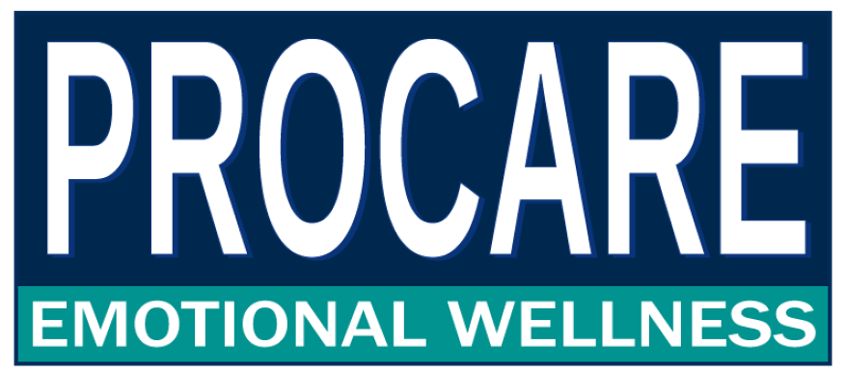Managing Stress and Finding Work-Life Harmony
Stress has become a common experience for many people, whether it stems from workplace pressures, personal responsibilities, or unforeseen challenges. Left unchecked, stress can affect both your mental and physical health. However, by recognising the early signs and making deliberate choices, you can strengthen your resilience and foster greater harmony between work and personal life.
Recognising the Signs of Stress
Stress can show up in different ways, and identifying it early can help you take action before it leads to burnout. Common signs include:
Physical symptoms – headaches, muscle tension, fatigue, digestive problems
Emotional signs – irritability, anxiety, mood swings, feeling overwhelmed
Cognitive effects – trouble concentrating, forgetfulness, persistent negative thoughts
Behavioural changes – disrupted sleep patterns, changes in appetite, withdrawing from social activities
Paying attention to these signs is crucial for managing stress before it impacts your overall well-being.
Strategies for Managing Stress
1. Prioritise Self-Care
Looking after yourself is essential, not optional. Regular exercise, a nutritious diet, and quality sleep all contribute to better resilience. Mindfulness, deep breathing exercises, and meditation can also help to ease stress.
2. Set Healthy Boundaries
Allowing work to constantly spill over into personal time can quickly erode your well-being. Work-life harmony is about integrating both areas of your life in a way that supports you. Set clear boundaries by planning regular downtime, saying no when necessary, and stepping away from work outside of set hours.
3. Practice Time Management
Poor time management often leads to feeling overwhelmed. Break down larger tasks, focus on priorities, and avoid multitasking when possible. Tools such as planners or digital calendars can make it easier to stay organised and reduce last-minute stress.
4. Stay Connected
Supportive relationships are vital when managing stress. Reaching out to friends, family members, or colleagues when you feel overwhelmed can make a significant difference. Professional support, such as counselling or coaching, can also provide valuable guidance.
5. Reframe Challenges as Opportunities
A sense of helplessness often intensifies stress. By viewing challenges as opportunities for learning and growth, you can build greater resilience and maintain a more positive mindset.
Beyond Balance: Understanding Work-Life Harmony
While traditional advice encourages striving for a strict balance between work and life, reality often looks very different. Rather than separating work and life into distinct halves, work-life harmony invites a more flexible, realistic approach; one that allows integration in a way that supports your needs.
How Work-Life Harmony Differs from Work-Life Balance
Work-life balance suggests a clear divide between professional and personal time, with the goal of keeping them in perfect equilibrium.
Work-life harmony accepts that work and life often overlap, and that thoughtful integration can lead to greater satisfaction and well-being.
Creating Your Own Work-Life Harmony
Because individual needs and circumstances vary, work-life harmony is highly personal. Some ways to encourage it include:
Blending priorities – Incorporate meaningful personal activities into your daily routine, whether it’s a midday walk, a coffee catch-up with a friend, or flexible working hours.
Recognising energy patterns – Notice when you are most energised and plan important tasks around those times, reserving less demanding activities for lower-energy periods.
Redefining success – Shift the focus from purely measuring productivity to also valuing personal well-being, meaningful connections, and overall life satisfaction.
Sources for Further Reading
American Psychological Association (APA). (2023). Stress effects on the body. Retrieved from https://www.apa.org
Mayo Clinic. (2022). Stress management: Know your triggers and how to handle them. Retrieved from https://www.mayoclinic.org
World Health Organization (WHO). (2023). Mental health at work. Retrieved from https://www.who.int
Harvard Business Review. (2021). The secret to work-life balance is work-life integration. Retrieved from https://hbr.org
True work-life harmony is not about perfect balance. It’s about making intentional choices to weave work and personal life together in a way that feels sustainable, fulfilling, and true to you. By recognising the signs of stress, focusing on well-being, and making mindful adjustments, you can build a healthier, more resilient life.

